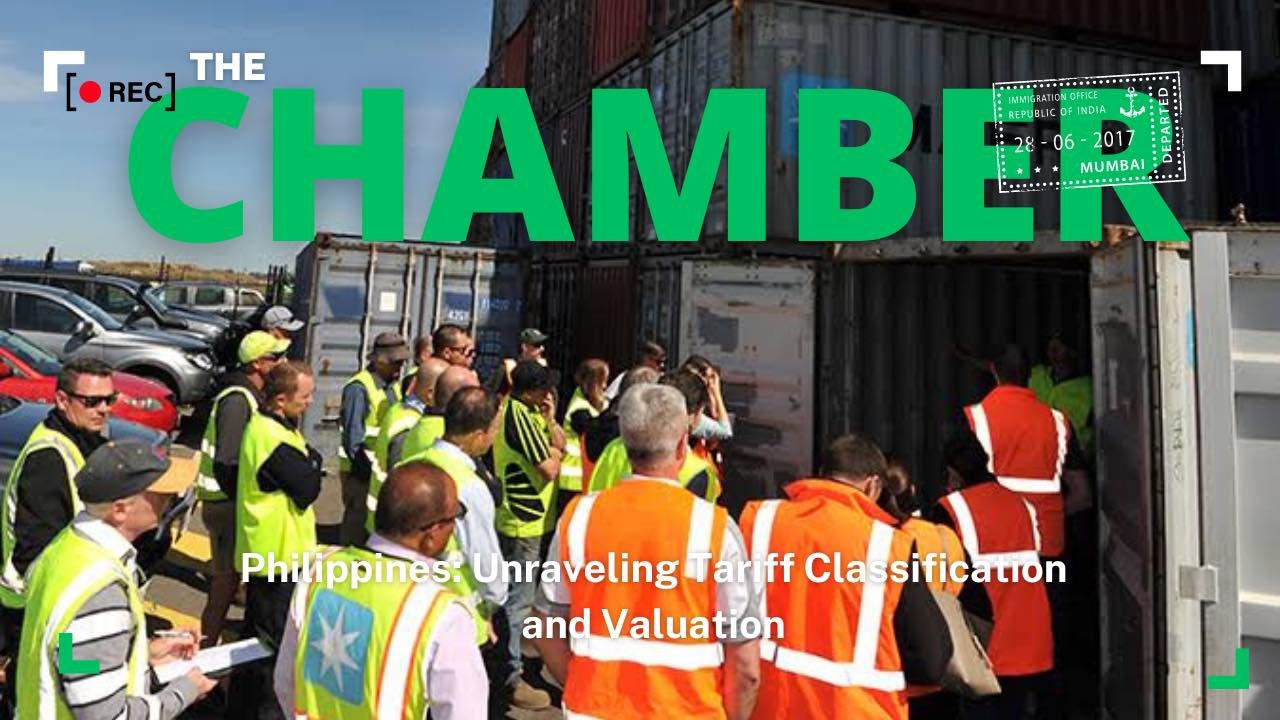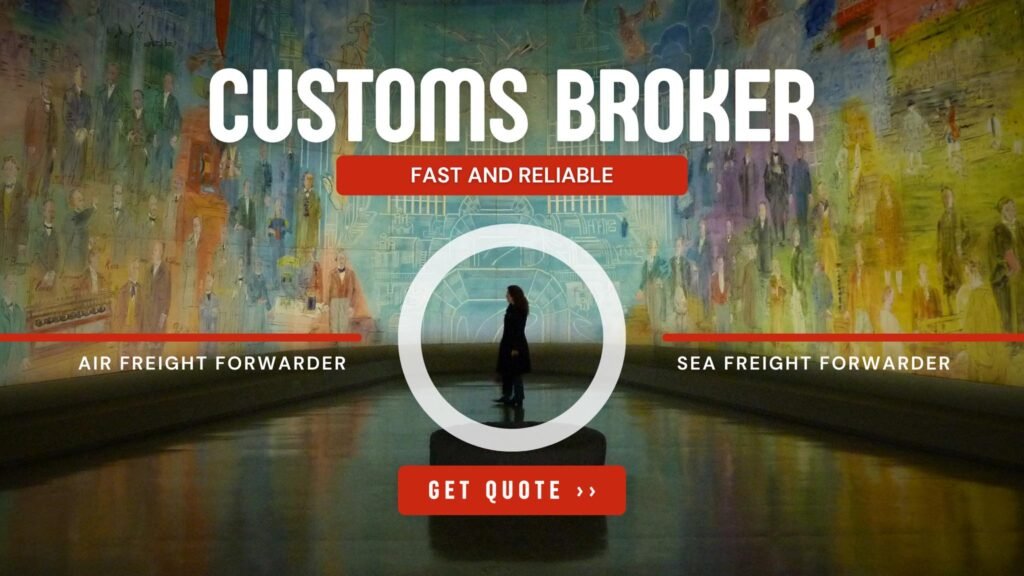Navigating the complexities of customs regulations is crucial for businesses engaged in international trade. Among the myriad regulations, tariff classification, and valuation stand out as fundamental processes that directly impact customs duties and taxes.
In the Philippines, understanding these guidelines is essential for customs brokers, importers, and exporters to ensure compliance and facilitate smooth customs clearance procedures. This blog aims to shed light on the process of tariff classification and valuation in the Philippines, providing clarity on determining the correct tariff code for imported goods and calculating the dutiable value for customs purposes.
Understanding Tariff Classification:
Tariff classification involves assigning a specific code to imported goods based on the Harmonized System (HS) established by the World Customs Organization (WCO). The HS is a standardized system used globally to classify products for customs purposes. In the Philippines, the Bureau of Customs (BOC) is responsible for implementing the HS and determining the applicable tariff rates.
Subscribe to the MyCCBI365 newsletter
Key Steps in Tariff Classification:
Product Identification: Accurately identify the imported product and its characteristics, including composition, function, and intended use.
HS Code Determination: Determine the appropriate HS code that best describes the imported product. The HS code consists of a series of numbers and is organized into chapters, sections, and headings based on product categories.
Reference Materials: Utilize various resources, including the Philippine Tariff and Customs Code, customs rulings, explanatory notes, and classification databases provided by the BOC, to assist in determining the correct HS code.
Consultation: In cases of uncertainty or complexity, customs brokers and importers may seek clarification from the BOC or Tariff Commission for assistance.
Key Steps in Tariff Classification:
Understand the HS Code Structure: The HS code is structured hierarchically—chapters (2 digits), headings (4 digits), and subheadings (6 digits). Familiarize yourself with the structure to classify goods accurately.
Refer to the WCO’s HS Nomenclature: Consult the latest version of the HS Nomenclature for detailed descriptions and updates.
Consult with Experts: When in doubt, consult with customs brokers or trade experts who can provide guidance based on their experience and knowledge.
Key Considerations in Valuation:
1. Transaction Value: The primary method for determining the dutiable value is based on the transaction value, which is the price actually paid or payable for the imported goods when sold for export to the Philippines, adjusted for certain specified costs and expenses.
2. Valuation Methods: In cases where the transaction value cannot be determined or is deemed unreliable, the BOC provides alternative valuation methods, including the transaction value of identical or similar goods, deductive value, computed value, and fallback methods.
3. Documentation Requirements: Importers are required to provide supporting documentation, such as commercial invoices, shipping documents, contracts, and payment records, to substantiate the declared value of imported goods.
4. Customs Audit and Verification: The BOC may conduct post-entry audits or verification procedures to ensure the accuracy and validity of the declared value and may adjust the dutiable value based on the findings of the audit.
Conclusion: Tariff classification and valuation are integral aspects of customs compliance and trade facilitation in the Philippines. By understanding the process and adhering to the guidelines set forth by the BOC, customs brokers, importers, and exporters can minimize risks, avoid penalties, and expedite customs clearance procedures. Stay informed about updates and changes in tariff classification and valuation guidelines to ensure ongoing compliance and operational efficiency in international trade transactions.
Cris Camino, Lcb
General FAQs
Tariff classification is the process of assigning goods to a specific code under the Harmonized System (HS), a standardized system used globally for classifying traded products. Each good is assigned a numerical code, typically referred to as a Harmonized Code or HS Code. This classification determines the applicable duties, taxes, and regulations that apply to a product when it crosses borders. Accurate classification is crucial for compliance with customs regulations and to ensure that importers and exporters are paying the correct tariffs.
Why it's important:
- It ensures compliance with trade regulations.
- Helps in determining the correct duties and taxes.
- Affects eligibility for preferential trade agreements or exemptions.
The Harmonized System (HS) Code is a globally standardized classification system used to identify products in international trade. Developed by the World Customs Organization (WCO), the HS Code consists of 6 digits, although many countries may add additional digits for further specificity. The first two digits indicate the chapter (broad category of goods), the next two digits identify the heading (more specific sub-category), and the last two digits provide a more detailed classification of the product.
How it works:
- The HS Code helps customs authorities identify products and determine applicable tariffs, duties, and regulations.
- Countries may adopt additional digits for greater detail, such as the 10-digit codes used in every member country.
- Importers and exporters must correctly classify goods to avoid misclassification penalties and delays.
Customs valuation refers to determining the value of goods for the purpose of assessing customs duties and taxes. Under international agreements like the WTO’s Agreement on Customs Valuation, the customs value of imported goods is typically based on the transaction value—the price actually paid or payable for the goods when sold for export to the importing country.
How it's determined:
- Transaction Value: The starting point is usually the price paid by the buyer to the seller, including freight, insurance, and other charges incurred up to the point of importation.
- Adjustments may be made for items such as royalty payments, commissions, or assists (materials or components provided by the buyer for manufacturing).
- If the transaction value cannot be determined, other methods such as deductive or computed values can be used.
Several challenges can arise in tariff classification and valuation, making it essential for importers, exporters, and customs professionals to stay informed and diligent. Some of the common issues include:
- Misclassification: Incorrectly classifying a product can result in penalties, overpayment, or underpayment of duties.
- Product Complexity: Some products, like composite goods (e.g., a combination of materials or multiple components), may not fit neatly into a single HS code.
- Valuation Disputes: Determining the proper customs value can be complex, especially when adjusting for additional costs like royalties, transportation fees, or special payment arrangements.
- Frequent Regulatory Changes: Customs regulations and tariff codes are updated regularly, and keeping track of these changes can be time-consuming.
- Origin of Goods: Understanding where goods are "originating" from, especially when components are sourced from multiple countries, can be complicated when determining eligibility for preferential treatment under free trade agreements.
To avoid compliance issues, businesses must ensure that they classify goods correctly and determine their proper customs value. Here are some key strategies:
- Consult Customs Authorities and Use Binding Rulings: Many countries offer binding tariff information (BTI) services where businesses can request a formal ruling from customs authorities to ensure correct classification.
- Leverage Professional Expertise: Working with customs brokers or trade consultants who are experienced in classification and valuation can help mitigate risks.
- Regularly Review and Update Product Classifications: As products and trade regulations evolve, businesses should periodically review their product classifications to ensure they remain accurate.
- Implement Robust Record-Keeping: Maintaining clear and accurate records of the pricing, terms of sale, and shipping costs for each import can help in the event of an audit or dispute.
- Educate and Train Staff: Staff involved in import/export operations should be trained on the importance of tariff classification and customs valuation, as errors can lead to costly fines or delays.









